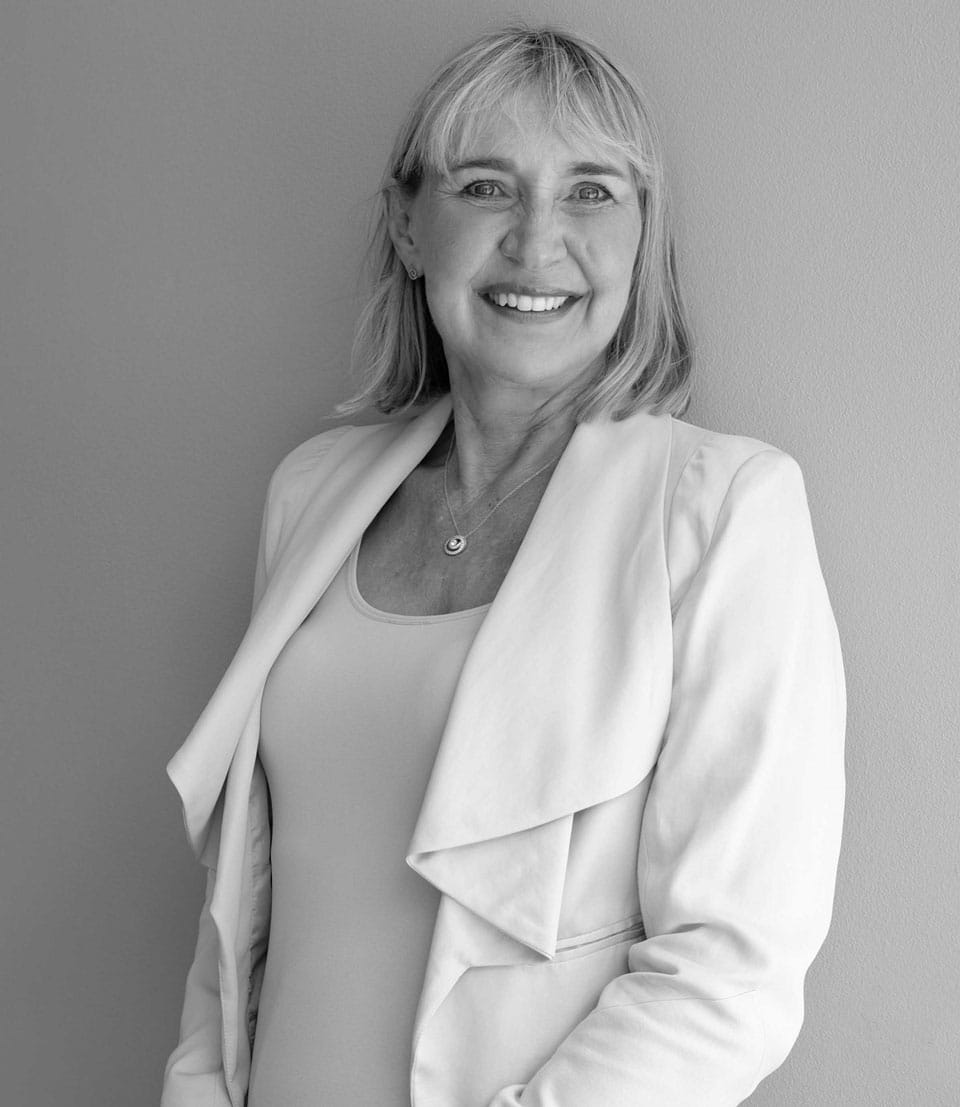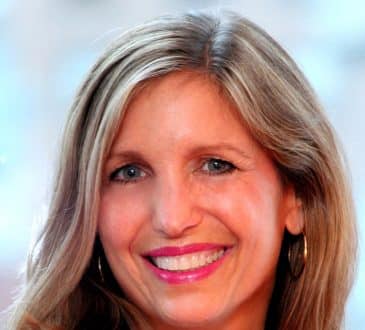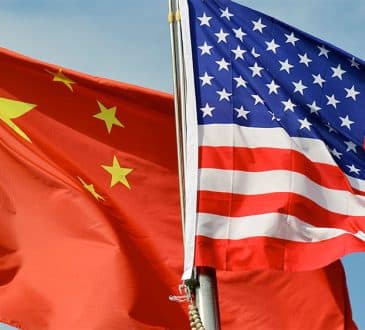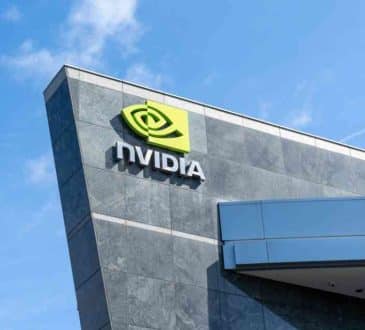Strategy in Motion

When the world changed more slowly, when we had fewer unknown unknowns and less complexity, we thought we could have clear long-term strategies. The leading strategic consulting firms capitalized on this and were able to sell, for millions, volumes of well-reasoned arguments about where the world was going and how to capitalize on your competitive advantage.
COVID showed us that the world can change overnight in the most unforeseen and dramatic ways. Those who capitalize on rapid change are those who can face reality quickly and achieve appropriately for the current circumstances.
For 30 years I worked as coach and change partner with an outstanding strategic leader, Greig Gailey, who knew that the way to create billions in value was to think clearly, act swiftly, have sound robust, workable relationships, grow through everything that happened, tell the truth, work for the common good and empower people to get on with their jobs within a co-created strategic agenda.
As a team Greig and I worked to bring incredibly ambitious strategic objectives into reality using my technology Strategy in Motion.
Strategy in Motion
Strategy in motion was born when Greig was asked to oversee the merger of BP Oil Manufacturing Europe with Mobil Oil Manufacturing Europe. He had some interesting challenges.
- Neither division had been profitable for about a decade
- A global restructure had been announced that effectively abolished his position – so he technically had no position power.
- There had been rapid turnover of leaders, so power had shifted to the heads of each site who managed using their own agendas.
Within 2 years, under Greig’s leadership, BP/Mobil Oil Europe was highly profitable, the leadership team was a united group of leaders working together to maximize the success of the whole operation.
Greig would tell the story of how he had stood in front of the analysts relating his forward intentions. One analyst remarked:
“We have heard the strategy of all your competitors, and they sound the same as yours. What makes you different”.
“We “replied Greig “will actually do it”. And they did.
Strategy implementation v. strategy execution
Dr Quy Huy, professor of strategy at INSEAD writes that strategy is 5% thinking and 95% execution. Strategy execution is 5% technical and 95% people related.
Good strategy implementation and execution are inseparable. Strategy is mostly about people, how they think, how they relate to each other and what they do.
When I first met the oil refinery managers of BP/Mobil Europe I found them highly technocratic and autocratic – lords of their own fiefdoms. Greig wanted them to operate as a team of business leaders. Twelve months later they did.
What happened and why did it work?
Greig created a series of “strategic planning” workshops, one every 3 to 4 months. Each workshop was 2 days long and had 2 segments. Day 1 was a teaching/ team building day that I ran. Day 2 was a strategy day that Greig and I ran together. The time between each workshop was used to implement what had been decided, assess that commitments were being met and objectives achieved. At the same time ongoing research was taking place into the state of the market, what was changing, what needed to change and what impact those changes would have.
Each 2-day workshop was proceeded by a series of one-on-one sessions with me for each of the head office leaders and heads of each plant.
Confusing people into sanity
The kind of problems we face in complex, interconnected rapidly changing systems are “Wicked Problems”. Wicked problems require totally different mindsets to ‘tame’ problems which are the kind of problems most technically trained people try to solve. Tame problems can be plainly stated and have a clear objective that can be reached, measured, and studied so that incremental improvements can be made. Wicked problems are full of unknown unknowns, each stakeholder that views a wicked problem sees and defines the problem differently. As each wicked problem is unique and evolves as you work with it, you can never know if the problem is solved. Developmental psychology tells us that most people are cognitively incapable of even seeing a wicked problem – let alone working skillfully with them.
A big part of my job was to help the leaders raise their level of adult brain (cognitive) development so that they could embrace the complexity of the environment in which they were operating and thus formulate effective strategy. The next step was for them to work skillfully with the many stakeholders whose involvement and cooperation was essential to get their strategy implemented.
To achieve this the leaders spent a lot of time feeling confused. Otto Scharmer, senior lecturer at the MIT Sloan School of Management teaches through his Theory U model that to let come new ideas and ways of working that are appropriate for the emerging future we need to let go of many of our ideas, beliefs, prejudices, and certainties. Most people find letting go unsettling and will only do so if they have some very good reasons.
Greig provided those very good reasons. As the leader he was not prepared to accept under performance, irresponsible action, or non-cooperation. To assist his regime of stringent measurement I was tasked with creating a transparent environment (culture) in which people were more interested in telling the truth and working for the common good then they were in protecting their patch and playing politics. Much of the work we did in the strategic sessions was highly creative in an environment of truth telling and personal responsibility.
Spreading the message
To assist the leaders to open their hearts, minds, and wills to what was possible through thinking at higher levels of adult brain development, we worked simultaneously on creating a culture of effective open communication. Once these things began to blossom the next step was for divisional leaders to start teaching these ways of being to their own people.
We called this way of operating “leader led change”. Greig modelled the behaviours, the workshops gave people a chance to learn and practice them and then, armed with a co-created strategy each divisional leader was held responsible for recreating the process in his own realm. Support was provided for them to do so.
Living case studies
I still get feedback from the leaders of BP/Mobil Oil that the process we undertook together was the most enjoyable part of their careers. They established strong friendship bonds with their peers, they learnt to understand and accept themselves on a deep level and they learnt to see life as a “living case study”.
While the necessity for results was made very clear through the whole process – what was seen as equally important was the development of each individual as a leader and as a human being. The task, the project at hand, in this case a multibillion-dollar merger across Europe, was just the case study through which the real task (creating a culture of world class leaders), was being played out.
This turned out to be very handy when I was then called to work with the leaders of BP Oil globally to reverse the BP/Mobil Oil merger because Amoco and BP were to be merged globally and Amoco did not want to be merged with Mobil in Europe.
Learnings
In our rapidly changing world, nothing is certain. As much as leaders want to believe they can see the future and are in control, COVID showed us that we can’t see the future, and nobody can control change.
By using each emerging change as a living case study, we can learn, grow, and achieve record success and personal happiness. Every change gives us a chance to grow professionally and personally and therefore be even better prepared for the next set of wicked problems. It is fun (and highly productive) to use each strategic change challenge as a chance to raise our levels of adult brain development, build strong workable relationships, and create empowering cultures where people want to give their best and be all they are capable of being. Then as people work collectively for the mutually agreed common good, outstanding business results can be achieved by happy, productive, growing people ready for whatever work and life might dish up next.
Written by Margot Cairnes.
Have you read?
Biggest banks in the world, as measured by total assets, 2023.
Highest-paid CEOs among Russell 3000 companies, 2023.
These Are the highest-paid CEOs among S&P 500 companies, 2023.
Ranked: The 50 Richest Celebrity Couples in the World, 2023.
The world’s wealthiest 300 cities, 2023.
Global Happiness Index: Happiest Countries In The World In 2023.
Add CEOWORLD magazine to your Google News feed.
Follow CEOWORLD magazine headlines on: Google News, LinkedIn, Twitter, and Facebook.
Copyright 2024 The CEOWORLD magazine. All rights reserved. This material (and any extract from it) must not be copied, redistributed or placed on any website, without CEOWORLD magazine' prior written consent. For media queries, please contact: info@ceoworld.biz








